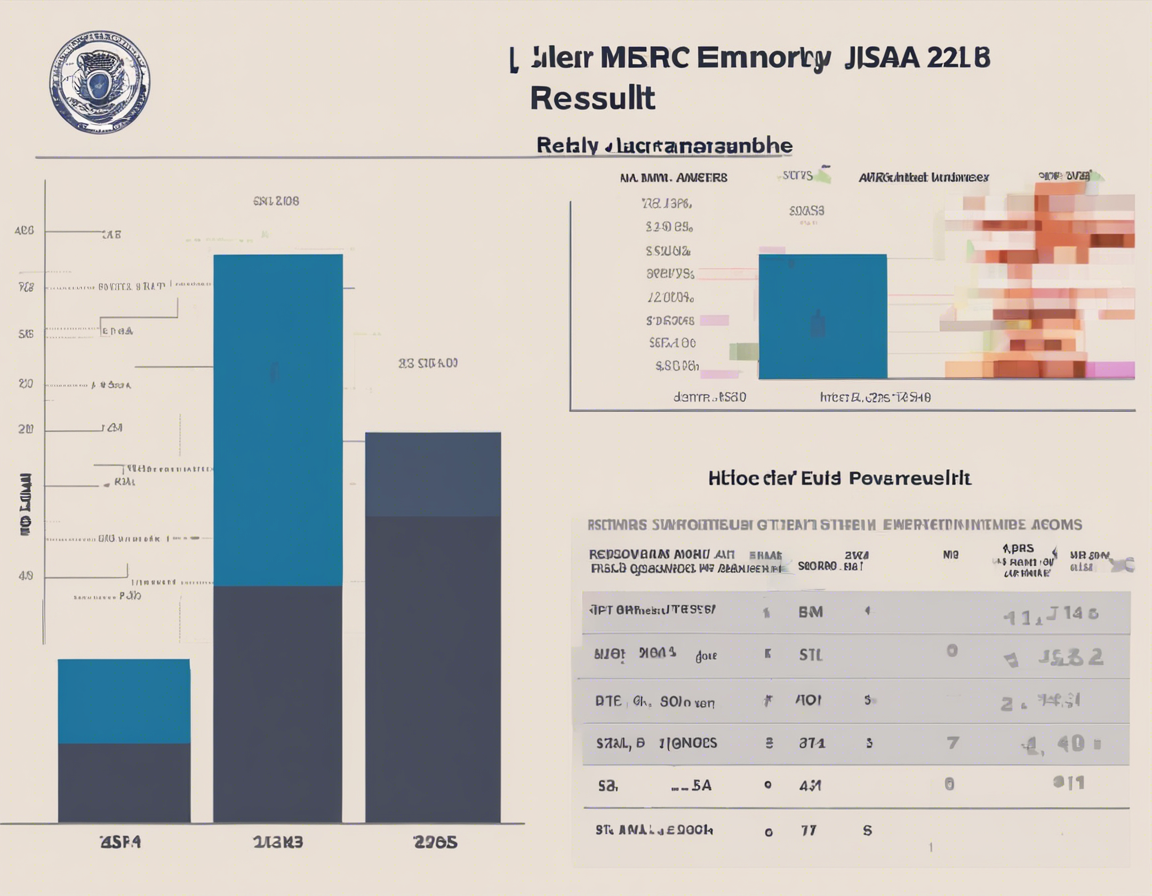Electronic Medical Records (EMRs) have revolutionized the way healthcare professionals store, manage, and access patient information. With the transition from paper-based systems to digital databases, healthcare facilities can streamline their operations, improve patient care, and enhance overall efficiency. One crucial aspect of EMRs is the Job Safety Analysis (JSA) results, which play a significant role in ensuring the safety of healthcare workers and patients within a medical facility.
Understanding Job Safety Analysis (JSA)
Job Safety Analysis, commonly known as Job Hazard Analysis, is a systematic approach used to identify, assess, and mitigate potential hazards associated with specific job tasks. In the healthcare setting, JSAs are conducted to evaluate the risks associated with various clinical procedures, administrative tasks, and environmental factors that may impact the well-being of both staff and patients.
Importance of JSA Results in Healthcare Settings
- Enhanced Workplace Safety: By analyzing job tasks and identifying potential hazards, healthcare facilities can proactively implement safety measures to prevent accidents and injuries.
- Compliance with Regulations: Adhering to JSA guidelines ensures that healthcare facilities comply with occupational health and safety regulations, reducing the risk of legal issues.
- Improved Risk Management: Identifying and addressing potential risks through JSA results helps healthcare organizations minimize liabilities and insurance claims.
- Employee Training and Awareness: JSAs can be used as educational tools to train staff on safe work practices and raise awareness about potential hazards in the workplace.
Incorporating JSA Results into EMRs
Integrating JSA results into Electronic Medical Records systems offers numerous benefits for healthcare providers. By digitizing and centralizing this critical information, healthcare facilities can access and update JSA data seamlessly, leading to improved safety practices and better overall risk management.
Key Features of EMRs for JSA Results
- Centralized Database: EMRs provide a centralized platform to store JSA results, making it easily accessible to authorized personnel.
- Real-Time Updates: Healthcare providers can update JSA findings in real time, ensuring that all staff members have access to the most current safety information.
- Integration with Patient Records: Linking JSA results to patient records enables healthcare providers to consider potential safety hazards when planning patient care.
- Reporting and Analytics: EMRs offer reporting and analytics tools that allow healthcare facilities to track safety trends, identify high-risk areas, and implement targeted interventions.
- Customizable Templates: EMRs can be customized to include specific JSA templates tailored to different departments or job roles within a healthcare facility.
Best Practices for Utilizing JSA Results in EMRs
To make the most of JSA results within Electronic Medical Records systems, healthcare providers should adopt the following best practices:
- Regular Review and Updates: Conduct regular reviews of JSA results to ensure that they accurately reflect current safety practices and address any emerging hazards.
- Training and Education: Provide staff members with training on how to interpret and implement JSA findings to enhance workplace safety.
- Cross-Department Collaboration: Encourage collaboration between different departments to share best practices and insights on safety measures.
- Incident Reporting Integration: Integrate incident reporting mechanisms into EMRs to link reported incidents with corresponding JSA results for a comprehensive view of workplace safety.
Frequently Asked Questions (FAQs) About JSA Results in EMRs
- What is the difference between a Job Safety Analysis (JSA) and a Risk Assessment?
-
While both JSA and risk assessments aim to identify hazards, JSAs focus on specific job tasks, while risk assessments assess broader organizational risks.
-
How often should JSA results be updated in an EMR system?
-
JSA results should be reviewed and updated regularly, preferably at least annually or whenever there are significant changes in job tasks or procedures.
-
Can EMRs help automate the process of conducting JSAs?
-
Yes, some EMR systems offer features that automate JSA processes, such as predefined templates and reminder notifications for updates.
-
Are JSA results confidential in EMRs?
-
Yes, JSA results should be treated as confidential information within EMRs and only accessible to authorized personnel with proper permissions.
-
How can healthcare facilities ensure staff compliance with JSA recommendations stored in EMRs?
- Healthcare facilities can enforce compliance through regular training, audits, and performance evaluations that incorporate adherence to JSA guidelines.
In conclusion, leveraging JSA results within Electronic Medical Records systems can significantly enhance workplace safety, regulatory compliance, and overall risk management in healthcare settings. By integrating JSA data into EMRs and adhering to best practices, healthcare providers can create a culture of safety and ensure the well-being of both employees and patients.



